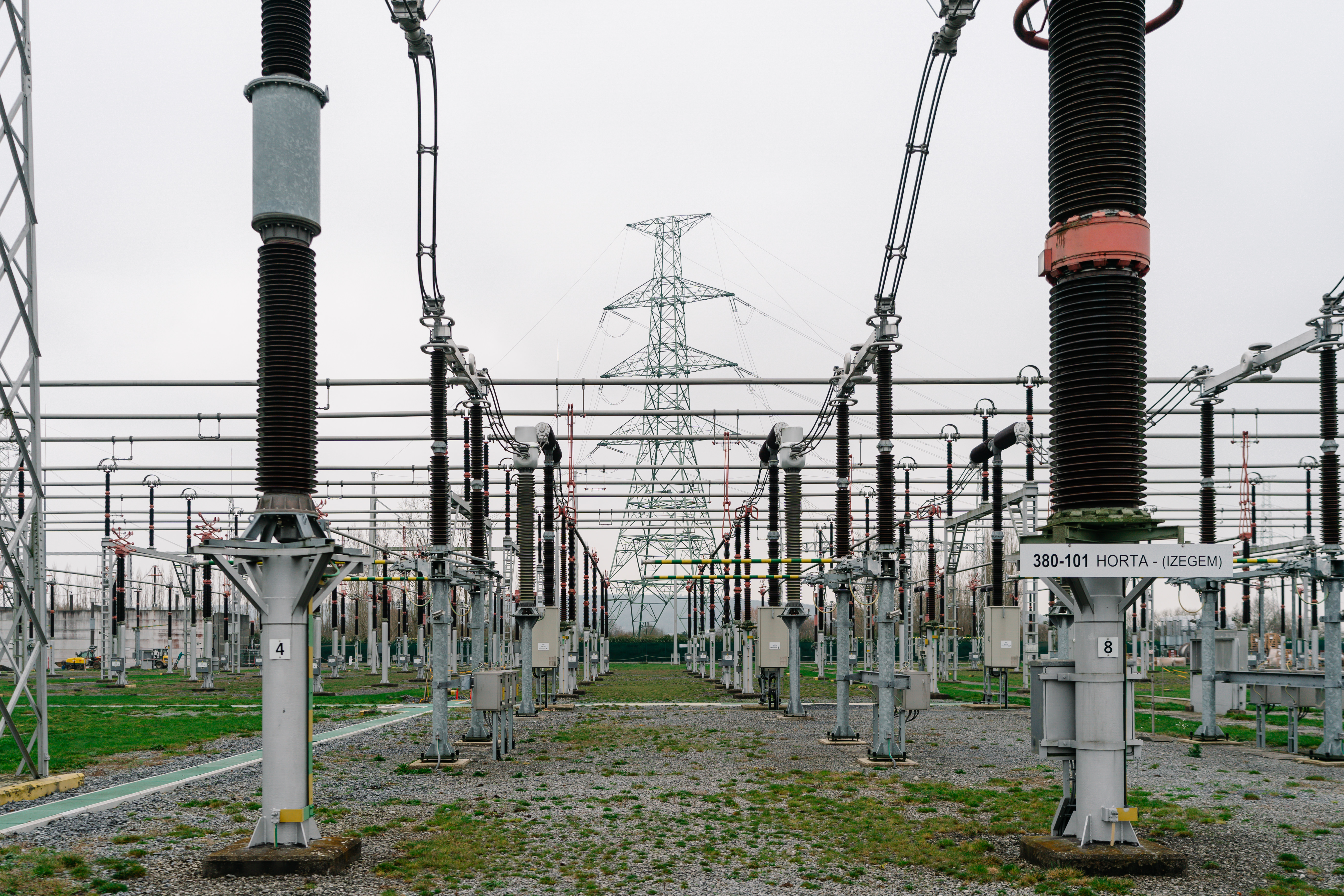The European Aviation Safety Agency (EASA) recently published its Annual Safety Review, detailing the safety performance of civil aviation in the European Union for 2023. For the first time, this review covers the domain of uncrewed aircraft systems (UAS) and their operations.
Incident Report Insights
In 2023, there were 12 accidents and serious incidents involving UAS. Two accidents resulted in one fatal and one serious injury to persons on the ground. Additionally, there were two occurrences involving UAS and crewed aviation. The crewed aircraft affected were large aircraft (Bombardier BD500 and Airbus A320) that encountered UAS during approach and departure from a Member State aerodrome.
The actual number of UAS-related incidents involving drones is likely to be higher. This is due to limitations in mandatory reporting of UAS incidents on the one hand, and to the fact that statistics of incidents between UAS and crewed aircraft are solely based on visual observations and reporting by pilots or air traffic controllers on the other hand.
Additionally, the current reporting doesn’t provide any insight about the type of UAS operation (Open, Specific or Certified). These limitations make it difficult to draw complete conclusions about the actual risk UAS are posing to crewed aircraft.
Enhancing Safety with Geo-Zones and UTM Systems
To keep aircraft and people on the ground safe, drone geographical zones, or geo-zones, have been established across Europe by the different States. Geo-zones are portions of airspace where drone operations are facilitated, restricted or excluded to minimise safety risks, protect the privacy of others, address security issues and deal with environmental concerns. All geo-zones in Belgium can be consulted via Droneguide.
While geo-zones provide the spatial and regulatory boundaries within which drones must operate, technology is needed to manage and enforce these boundaries. Enter the Uncrewed Traffic Management (UTM) system. When a drone flight plan is submitted, the UTM system checks the planned route against the geo-zones to ensure it is authorised and to avoid conflicts with other planned air traffic.
Geo-zones and UTM systems are important components for risk mitigation, but unfortunately, they’re not sufficient. Not all drone operators submit a flight authorisation request before operating in a geo-zone. Therefore, a third component is needed: drone detection.
The Essential Role of Drone Detection
Drone detection solutions provide a documented overview of the presence of drones and the potential risk they’re posing to crewed air traffic, as opposed to purely visual observations from pilots or air traffic controllers. This is why SkeyDrone, in collaboration with skeyes, the Belgian Air Navigation Service Provider, is investing in a drone detection solution for the Belgian airports. A number of antennas have been placed at strategically interesting locations to detect drones by capturing the radio frequency (RF) signals they emit. The detected drones are visualized in SkeyDrone’s Drone Radar application together with the crewed aircraft, offering real-time visualization of drone positions, automatic address translation of the pilot’s location, height indication, classification of authorised versus unauthorised drone traffic, intrusion alarms and whitelisting options. A comprehensive historical analysis about the uncrewed air traffic can be accomplished via the Drone Analytics application that includes reporting functionalities including filter and search capabilities, a heatmap view, a replay flight feature and different export formats.
By combining geozones, UTM systems, and drone detection solutions, we can create a robust framework to enhance the safety of both crewed and uncrewed aircraft operations. Ensuring that all drone operations are monitored, managed, and compliant with regulations is crucial in preventing accidents and maintaining the integrity of our airspace.
Learn more about SkeyDrone’s drone detection solution here.




